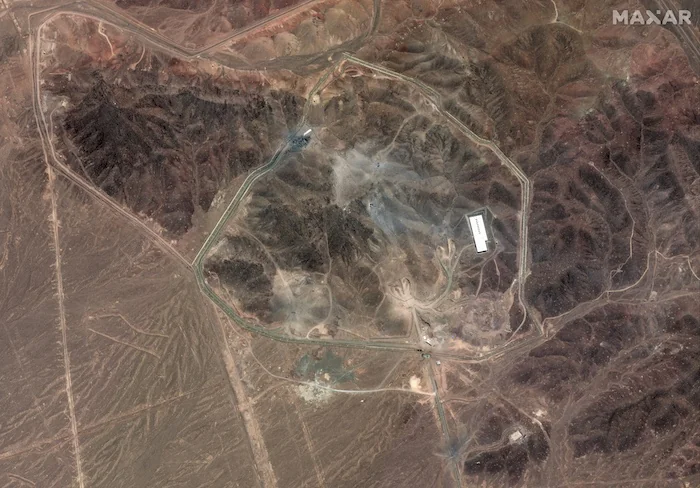U.S. Military Strikes on Iranian Nuclear Facilities: Initial Assessments and Uncertainties
The U.S. intelligence community has not yet completed its assessment of the damage caused by the recent military strikes on three key Iranian nuclear facilities. These attacks targeted the Fordo, Natanz, and Isfahan sites, which are central to Iran’s nuclear program. While the Trump administration and the Pentagon have claimed that these operations “obliterated” Tehran’s nuclear capabilities, there remains significant uncertainty regarding the extent of the damage, the time it might take for Iran to resume uranium enrichment, and whether critical equipment in the underground facilities can be salvaged.
A senior defense official recently told reporters that the intelligence community is still gathering information and that a final battle damage assessment (BDA) will not be complete for some time. The official noted that the initial assessments align with public statements made by General Dan Caine, the chairman of the Joint Chiefs of Staff, who stated that the mission was executed as planned and that the bombs hit their intended targets. However, Caine also acknowledged that a full BDA is not yet available.
The U.S. Air Force deployed B-2 stealth bombers to deliver 14 Massive Ordnance Penetrator (MOP) bombs on the Fordo and Natanz facilities. Simultaneously, a U.S. submarine launched over two dozen Tomahawk land attack cruise missiles at the Isfahan facility. The MOPs, each weighing 30,000 pounds, are the largest non-nuclear bombs in the U.S. arsenal. This marked the first time these weapons were used in combat. Designed specifically to penetrate hardened underground targets, the MOPs were developed with the Fordo facility in mind.
For years, officials within the Defense Threat Reduction Agency had been preparing for an operation targeting Fordo. Despite this, General Caine deferred the BDA to the intelligence community during press briefings following the attack, emphasizing that the operation was carried out as intended.
Challenges in Assessing the Damage
The United States and Israel have limited access to Iran, making it difficult to determine the full extent of the damage. In addition, Iran expelled inspectors from the International Atomic Energy Agency (IAEA), effectively blocking international oversight of the situation. As a result, the United Nations is unable to gain a clear understanding of the impact of the strikes.
Pentagon spokesperson Sean Parnell stated that the attacks likely set back Iran’s nuclear program by at least one to two years, with estimates leaning toward the latter. However, without direct access to the affected sites, the accuracy of such claims remains uncertain.
Ongoing Concerns and Future Implications
While the U.S. government has expressed confidence in the success of the operation, the lack of a finalized BDA raises questions about the long-term effects of the strikes. Intelligence analysts continue to evaluate the data, but the process is expected to take time. This delay could complicate future decision-making and strategic planning related to Iran’s nuclear activities.
Furthermore, the incident has heightened tensions between the U.S. and Iran, with threats from Iranian officials suggesting potential retaliation. A close adviser to Supreme Leader Ayatollah Khamenei recently warned of a possible drone attack against President Trump, underscoring the volatile nature of the region.
As the intelligence community works to finalize its assessment, the international community remains watchful. The outcome of this evaluation could influence diplomatic efforts, military strategies, and global security policies in the coming months.






